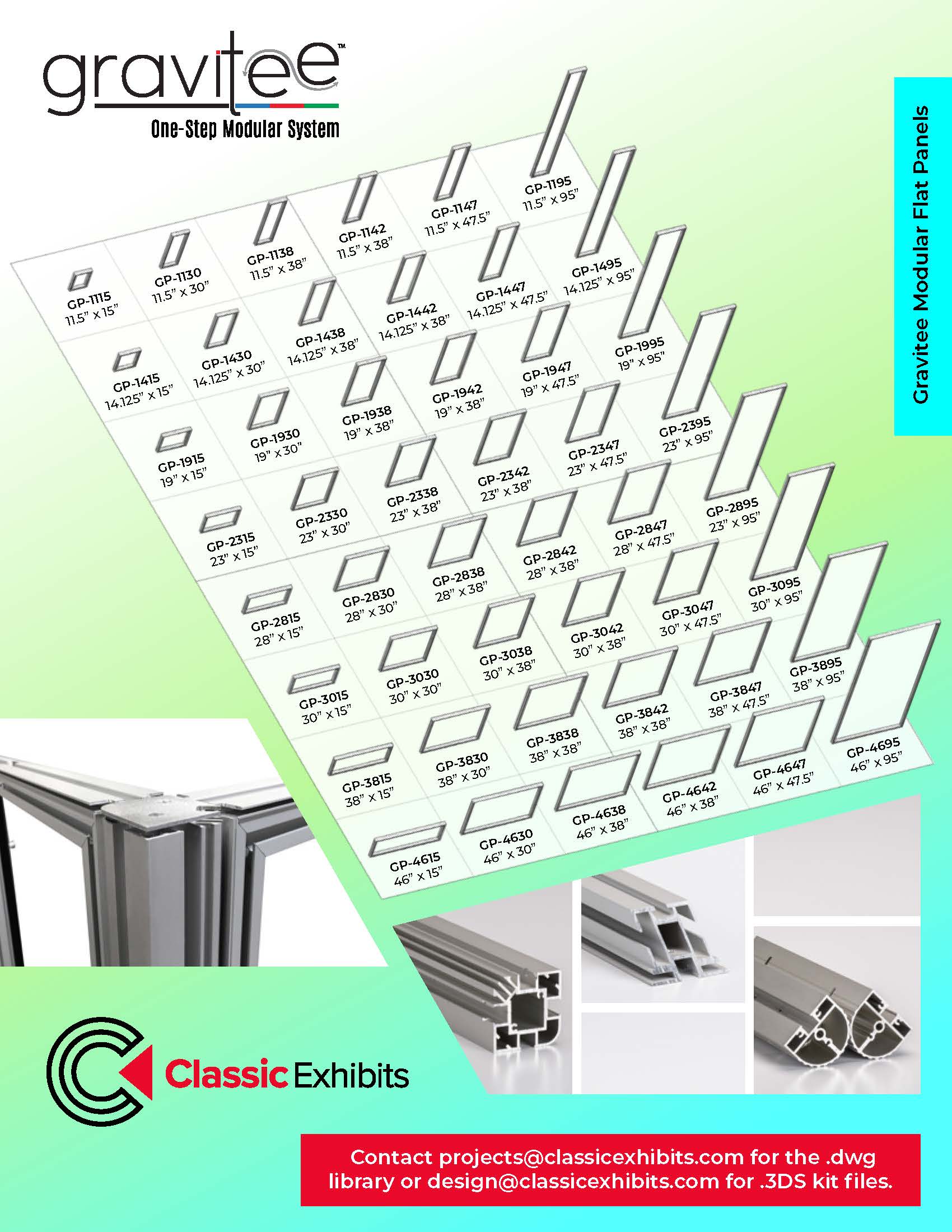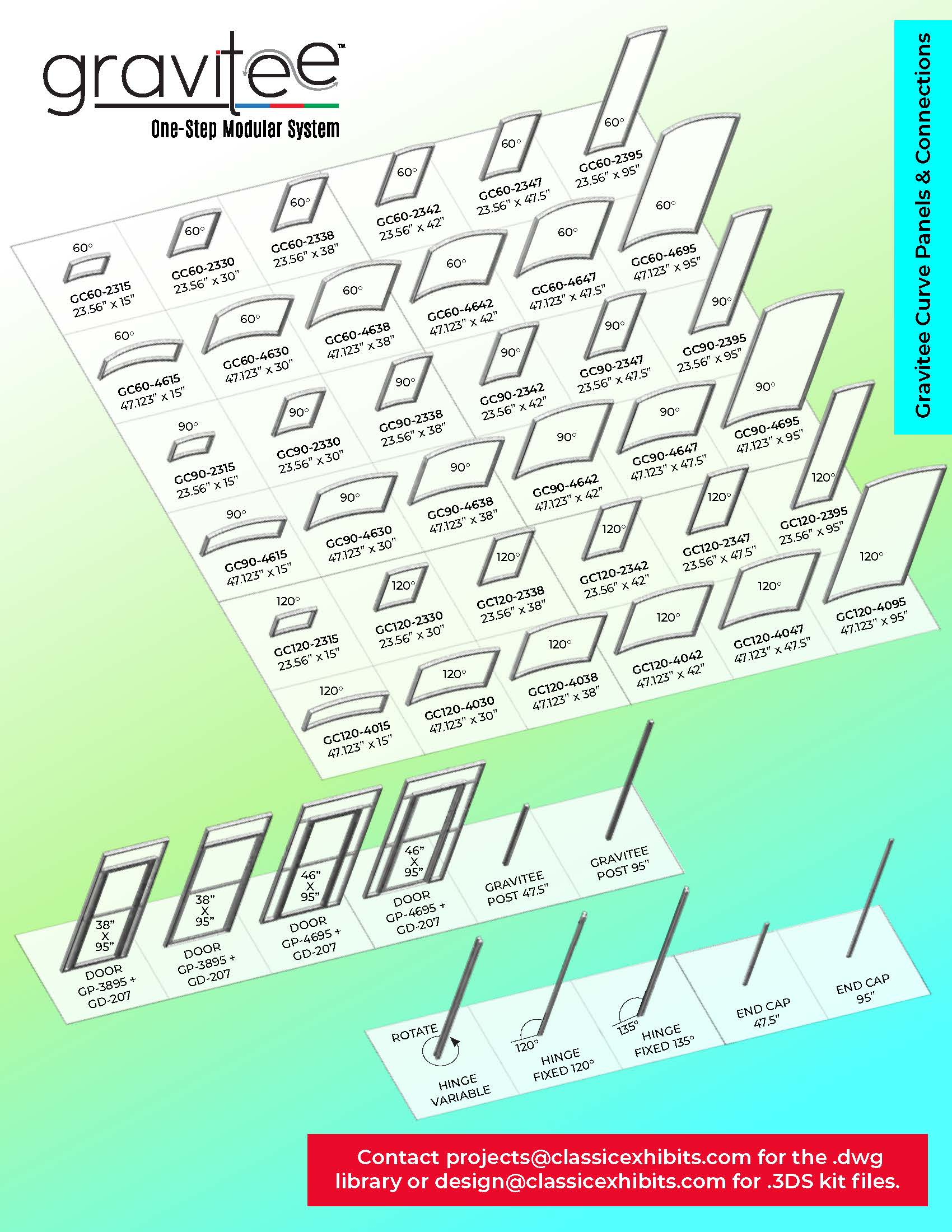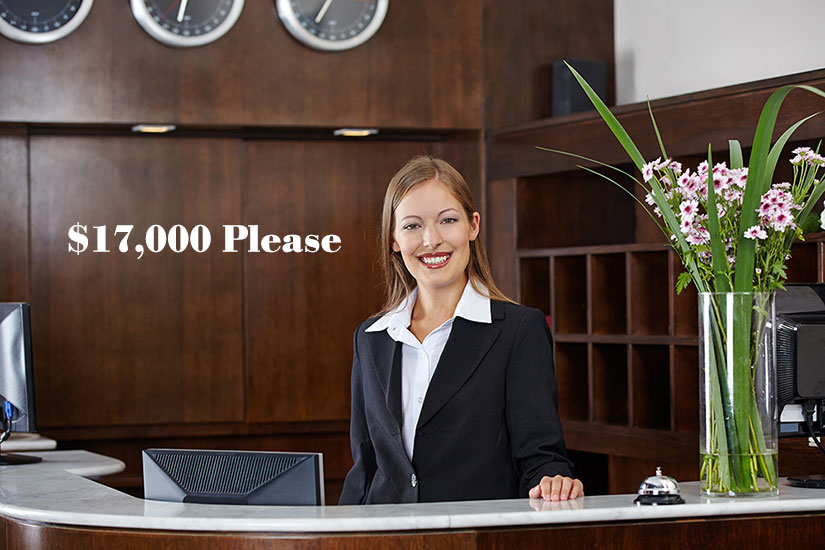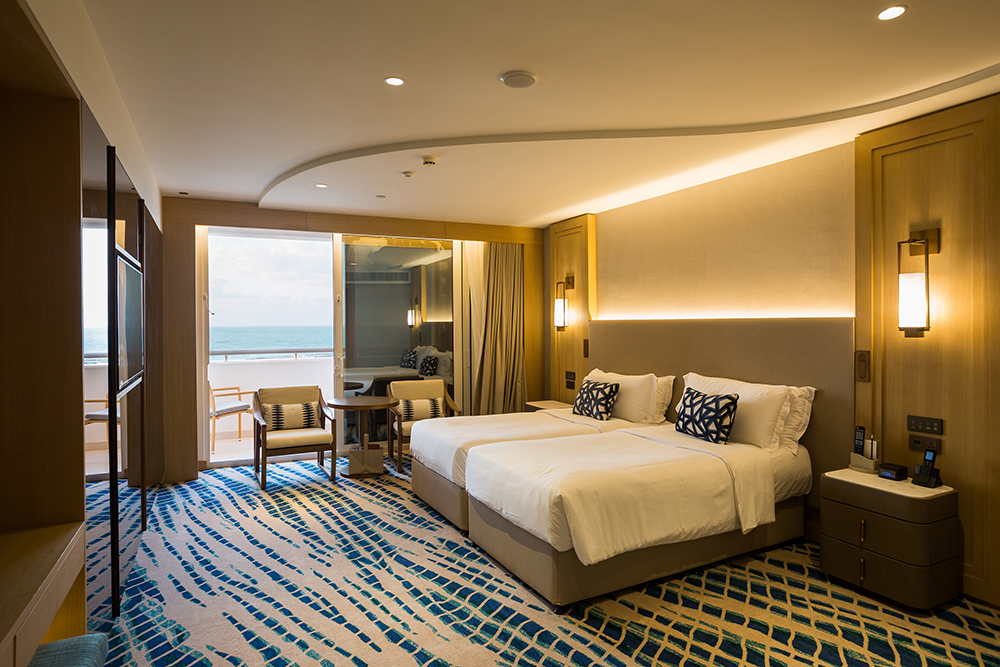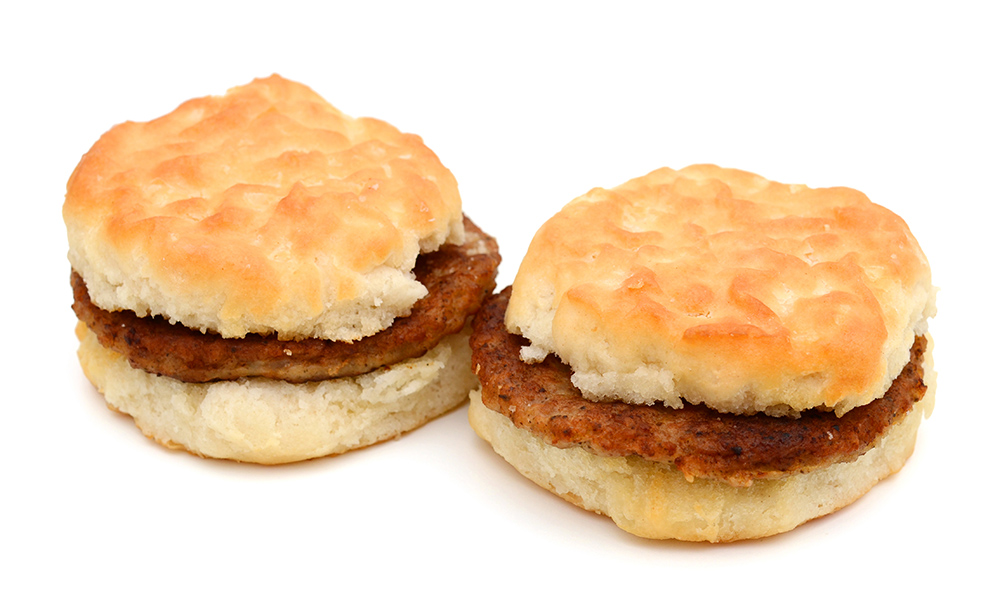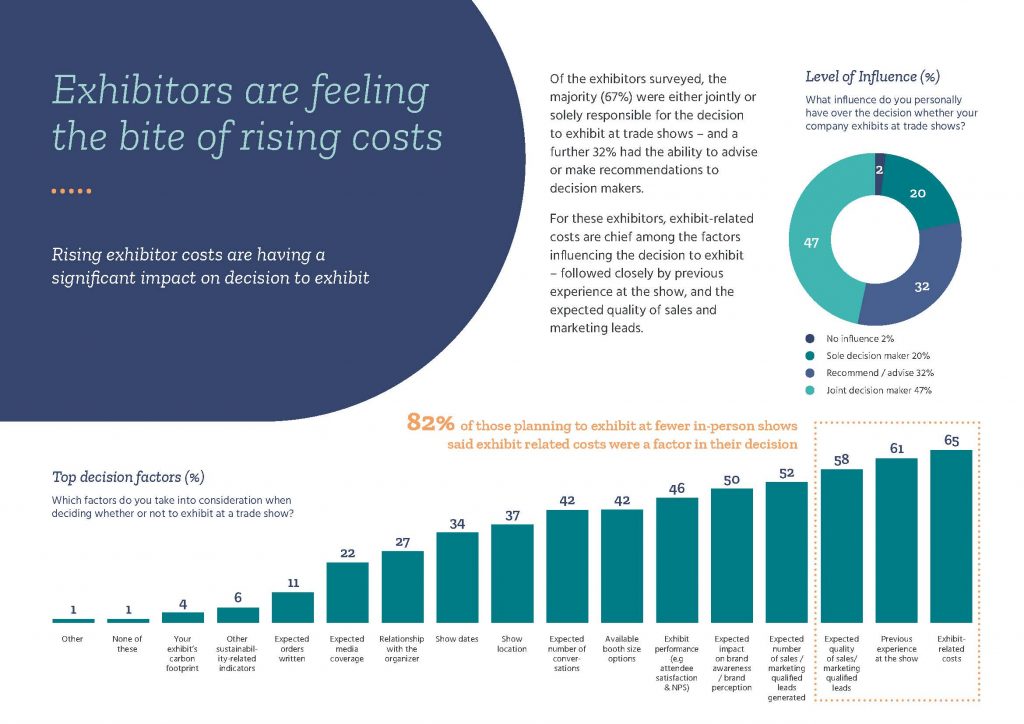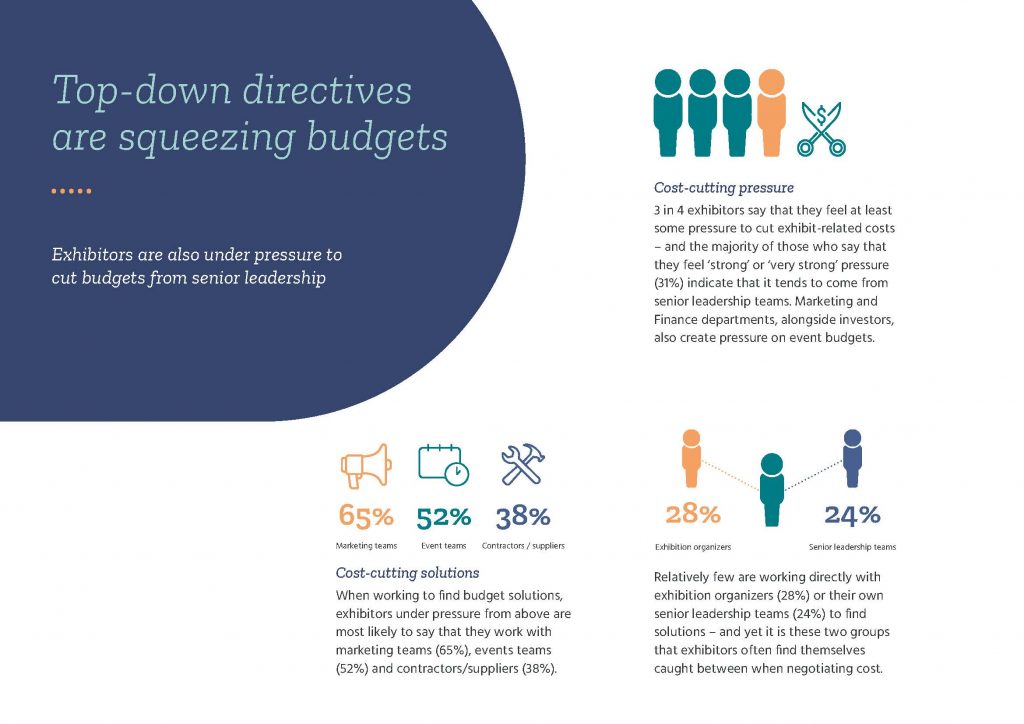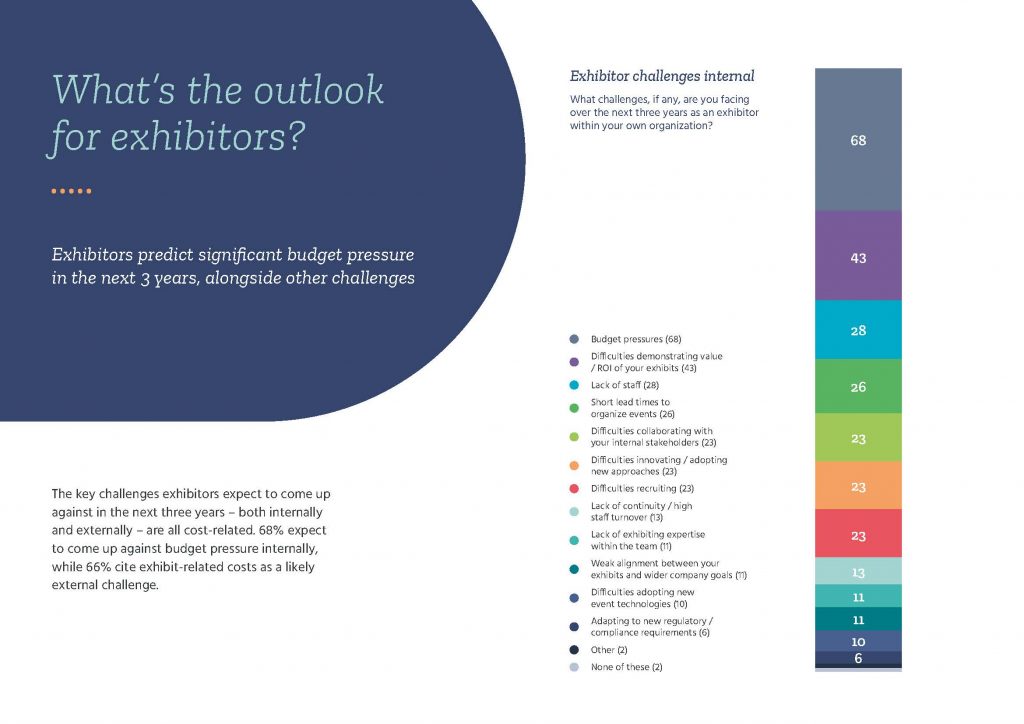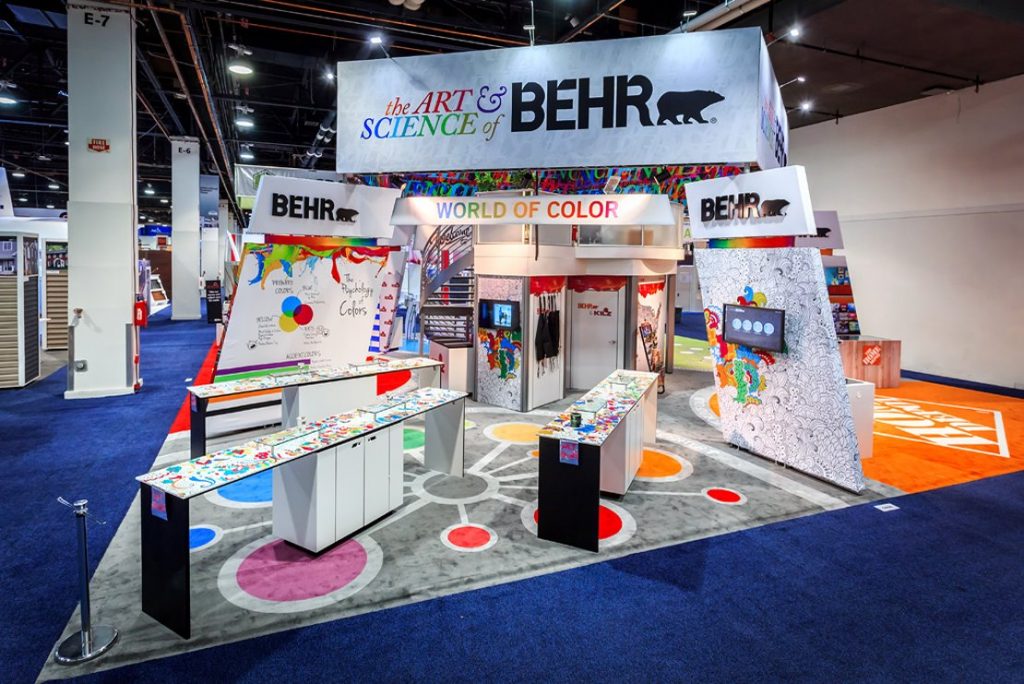
Trade show flooring options are often the last consideration an exhibitor makes about their display. Their first choice is often carpeting or carpet tile. The reasons are obvious. It’s available in many colors, it’s available in multiple weights, it’s easy to transport and maintain, and with the right padding, it’s comfortable. In addition, it’s generally affordable whether you decide to purchase or rent it.
Choosing the Right Trade Show Carpet Tiles
Choosing the perfect trade show carpet doesn’t have to be complicated. You can make it as simple as selecting a neutral color from the General Show Contractor like black, gray, or beige along with basic padding. They’ll install it. If you provide them with an electrical layout, they’ll channel any cords under the flooring as best as the situation allows.
However, many exhibitors have grander expectations for their flooring, like brighter colors, thicker carpeting, custom inlays, dye-sublimated printing, and premium padding. For those exhibitors, flooring isn’t merely flooring. It’s another graphic medium in the overall presentation that has a purpose (other than being walked on).
This opens the door to more possibilities and should start during the exhibit and graphic design process. Not after. Designers LOVE when clients ask about flooring. It gives them another surface to consider. While the final decision may be a single color in a 30 oz. weight, the color (like yellow or magenta or orange) might transform a “beautiful display” into a “stunning exhibit.” It starts with planning and an open mind. Carpet can be so much more when you allow designers to be creative.

Trade Show Carpet: Options & Examples
Weights and Colors
- 50, 32, or 18 oz Advantage XL Carpet in 24 Colors with Dynamic Backing
- 30 oz Advantage Carpet in 11 Colors
- 16 oz Advantage Carpet in 10 Colors
- 50 oz Advantage Plus Carpet in 17 Colors
- 28 and 16 oz NexGen Carpet in 8 Colors
Options
- Carpet Padding: Fiber, Polyurethane, Rebond
- Dye-Sublimation: Don’t see the exact color you want? Have it dyed to a specific PMS color match.
- Carpet Tape: Always purchase your tape with your carpet to save money. Plan to reuse the carpet? Let the carpet supplier know.
- Visqueen: A clear plastic that protects the carpet during the installation (ex., forklift tire tracks, spilled drinks, and dirty shoes).
- Carpet Bag: Perfect for shipping and keeping the carpet clean.
- Binding: Binding provides a finished look to the carpet edges and extends its usable life.
- Inlays: Create designs using multiple carpet colors, like logos, pathways, or blocks.
How Does Trade Show Carpet Compare to Other Flooring Options?
- Carpet vs. Rubber Tiles
- Appearance (Carpet)
- Durability (Rubber Tiles)
- Installation (Tie)
- Shipping (Rubber Tiles)
- Comfort (Tie)
- Customization (Carpet)
- Cost (Initial Cost – Carpet: Long-term Cost – Rubber Tiles)
- Carpet vs. Flex Floor (hardwoods and stoneworks)
- Appearance (Tie)
- Durability (Carpet)
- Installation (Tie)
- Shipping (Tie)
- Comfort (Tie)
- Customization (Carpet)
- Cost (Tie)
- Carpet vs. Raised Floor
- Appearance (Raised Floor)
- Durability (Raised Floor)
- Installation (Carpet)
- Shipping (Carpet)
- Comfort (Carpet)
- Customization (Tie)
- Cost (Carpet)
- Carpet vs. Concrete (apply vinyl graphics to concrete floor)
- Appearance (Carpet)
- Durability (Depends))
- Installation (Concrete)
- Shipping (Concrete)
- Comfort (Carpet)
- Customization (Tie)
- Cost (Concrete)
Trade Show Carpet Rental vs. Purchase
When considering whether to rent or purchase trade show carpeting, there’s no perfect answer. It depends. Factors include the # of shows you plan to attend, the size of the booth, the type and/or quality of carpet, and budget. The chart below summarizes the pros and cons of renting vs. purchasing trade show carpet.
Trade Show Carpet Tiles FAQs
To get you started in the right direction, here are some basic FAQs.
1. How do I calculate the amount of carpet I need?
Just follow these easy steps.
- Calculate your square footage – this is done by multiplying the length of the area by the width of the area: 10 x 20 booth space will be 200 sq ft.
- You will then need to calculate the carpet needed to cover the square footage.
- If your carpet is 12’ wide, and your area is 10 x 20, you will have to purchase a 12 x 20 to cover the area = 240 sq ft.
- If your carpet is 10’ wide, you will then order 200 sq ft.
- It is always safe to order an extra foot of carpet to ensure you are totally covered in your area.
2. Is it better to rent or purchase trade show carpet tile?
It depends on your short-term or long-term needs. It is more cost-effective to rent carpet if your schedule of exhibits is minimal. However, if you have several planned activities over a scope of time, you could experience significant cost-savings by purchasing.
3. How can I get versatile use of my trade show carpet?
While carpeting is one of the most budget-friendly flooring options, inventive solutions such as dying carpet to custom PMS colors, binding, or incorporating custom inlays or logos will prove to be cost-effective while transforming the floor for other non-trade show projects.
4. How can I extend the longevity of my trade show carpet?
Taking care of your carpet during storage and transportation will extend the longevity of the carpet. Here are a few tips:
- Store and ship in carpet bags
- Store carpet on cores. This is very important – NEVER fold your carpet during storage or transportation
- Store in a dry storage
- Clean carpet before storing
- Remove stains as soon as they happen
- Repair all holes after each event

High-Quality, Affordable Trade Show Carpet Tiles with Classic Exhibits!
Our advice… have an open mind about trade show carpet tile and don’t leave the decision until the end. Exhibitors have gotten bolder and more creative with their trade show choices to attract attendees and showcase their messaging. Those bold choices now include flooring with brighter colors, inlay shapes and images, and dye-sublimated printing.
Classic Exhibits Inc. designs and manufactures portable, modular, hybrid, and custom exhibit solutions, including Symphony Portable Displays. Classic Exhibits products are represented by an extensive distributor network in North America and in select International markets. For more information, contact us at 866-652-2100 or www.classicexhibits.com.





